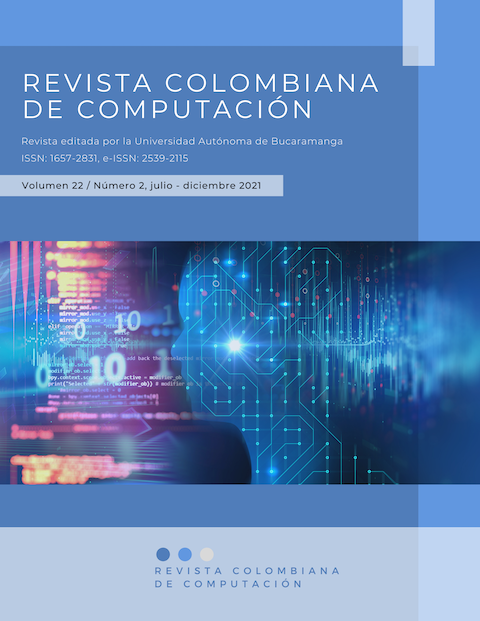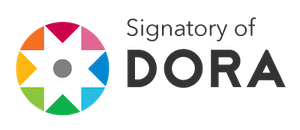Identificación y extracción de relaciones entre entidades empleando árboles de dependencia
Resumen
En este trabajo se presenta un enfoque no supervisado para identificar y extraer relaciones entre dos entidades nombradas. El enfoque se conforma por casos, estableciendo un conjunto de patrones para identificar relaciones previamente establecidas. Además, se estudia un conjunto de casos para identificar y extraer relaciones de forma automática. Se emplean las dependencias universales appos y amod, así como los elementos clave de la oración: el verbo entre dos entidades nombradas, y el sujeto y objeto. Este proceso se realiza de forma automática sobre documentos no estructurados en el dominio de noticias políticas en idioma español. Para verificar las relaciones se realizó una evaluación manual sobre un conjunto seleccionado.
Referencias bibliográficas
Bunescu, R., & Mooney, R. (2005). Bunescu, Razvan, and Raymond Mooney. "A shortest path dependency kernel for relation extraction. Proceedings of Human Language Technology Conference and Conference on Empirical Methods in Natural Language Processing, 724–731.
Etzioni, O., Banko, M., Soderland, S., & Weld, D. S. (2008). Open information extraction from the web. Communications of the ACM, 51(12). https://doi.org/10.1145/1409360.1409378
Fundel, K., Kuffner, R., & Zimmer, R. (2007). RelEx--Relation extraction using dependency parse trees. Bioinformatics, 23(3). https://doi.org/10.1093/bioinformatics/btl616
Hasegawa, T., Sekine, S., & Grishman, R. (2004). Discovering relations among named entities from large corpora. Proceedings of the 42nd Annual Meeting of the Association for Computational Linguistics (ACL-04), 415–422.
Li, J., Luong, M.-T., Jurafsky, D., & Hovy, E. (2015). When Are Tree Structures Necessary for Deep Learning of Representations? ArXiv Preprint.
Miwa, M., & Bansal, M. (2016). End-to-End Relation Extraction using LSTMs on Sequences and Tree Structures. ArXiv Preprint.
Quan, C., Wang, M., & Ren, F. (2014). An Unsupervised Text Mining Method for Relation Extraction from Biomedical Literature. PLoS ONE, 9(7). https://doi.org/10.1371/journal.pone.0102039
Vo, D.-T., & Bagheri, E. (2017). Open information extraction. In World Scientific Encyclopedia with Semantic Computing and Robotic Intelligence | Semantic Computing. World Scientific Publishing Co Pte Ltd. https://doi.org/10.1142/9789813227927_0001
Wu, Y., Zhang, Q., Huang, X., & Wu, L. (2009). Phrase dependency parsing for opinion mining. Proceedings of the 2009 Conference on Empirical Methods in Natural Language Processing, 1533–1541.
Yan, Y., Okazaki, N., Matsuo, Y., Yang, Z., & Ishizuka, M. (2004). Unsupervised relation extraction by mining wikipedia texts using information from the web. Proceedings of the Joint Conference of the 47th Annual Meeting of the ACL and the 4th International Joint Conference on Natural Language Processing of the AFNLP, 1021–1029.
Descargas













